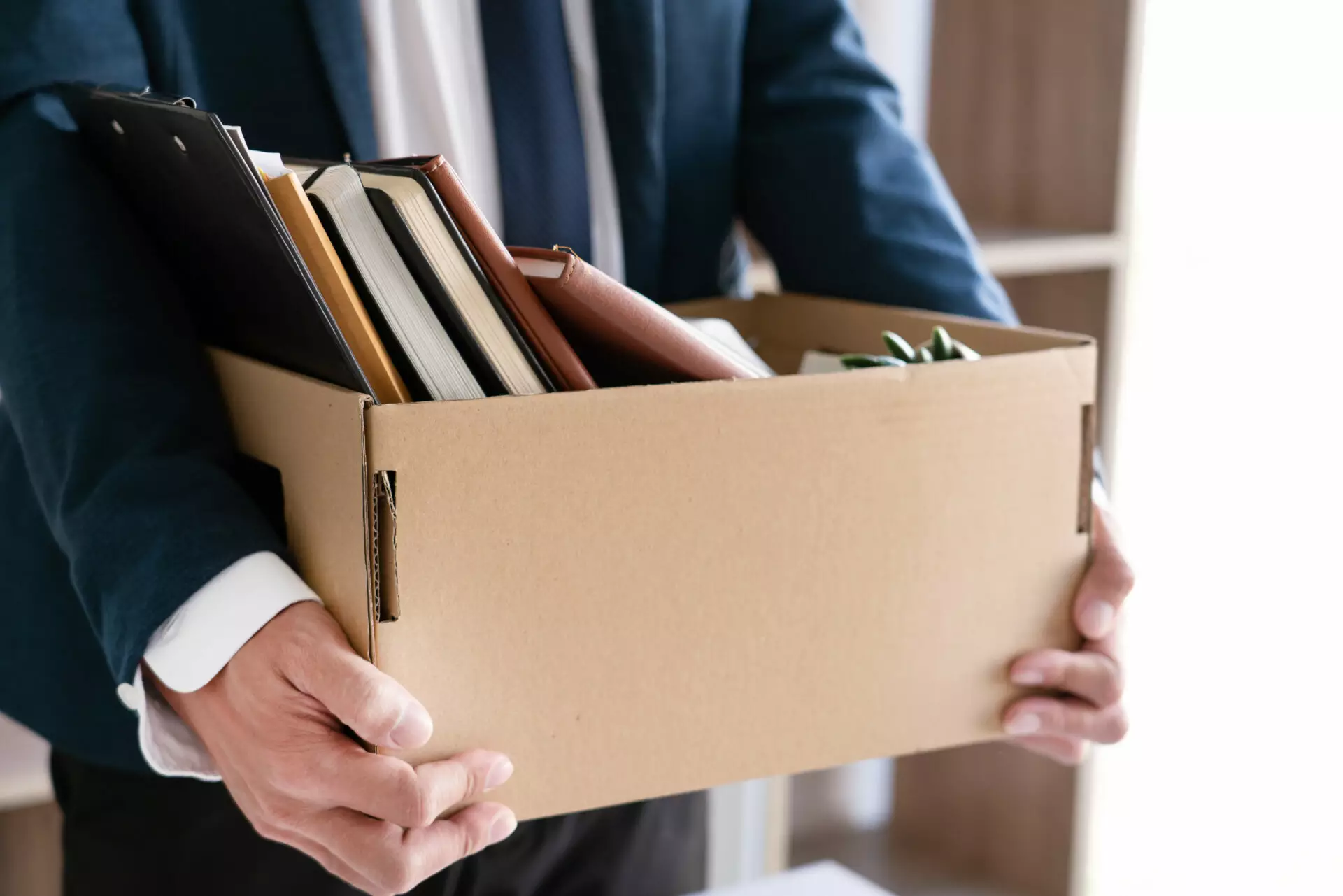Key Takeaways
- AI’s Growing Role in HR: Organizations are increasingly using AI to predict employee turnover, aiming to build stable and efficient teams while reducing costs and maintaining productivity.
- Predictive Power: Machine learning algorithms utilize historical data to forecast employee turnover risk, helping HR develop personalized retention strategies.
- In-Depth Insights: AI can analyze vast amounts of employee data to recognize patterns and trends indicating potential resignations, surpassing the capabilities of traditional surveys and reviews.
- Continuous Improvement: Machine learning models are continuously updated with new data for better predictions and intervention strategies, effectively helping HR departments.
- Personalization and Strategy: Insights from AI analytics enable HR to design targeted interventions, such as career development and wellness programs, to retain at-risk employees.
- Comprehensive Data Utilization: Successful turnover prediction requires diverse data points like demographics, tenure, promotions, performance reviews, and even market conditions.
- Strategic Application: The effective use of AI models in HR can significantly enhance employee retention strategies by offering preemptive measures to prevent attrition.
In today’s dynamic work environment, ensuring employee retention is key to organizational success. Companies are turning towards artificial intelligence (AI) to proactively manage turnover by predicting which employees might leave and taking appropriate measures to retain them. This blog post explores the profound impact of AI on HR operations, particularly its ability to forecast employee turnover and help organizations build stable, high-performing teams.
The Rise of AI in Human Resources
The incorporation of AI in HR marks a significant shift from traditional practices that relied heavily on generic surveys and reviews, which often fell short of accurately gauging employee satisfaction. Now, AI and machine learning provide deeper insights by processing vast amounts of employee data, offering organizations the power to foresee potential resignations and improve their retention strategies.
How AI Predicts Employee Turnover
1. Understanding Predictive Power
AI utilizes historical data coupled with machine learning algorithms to identify patterns that correlate with turnover risk. By analyzing these patterns, HR professionals can anticipate which employees are likely to leave, allowing for more effective and individualized retention strategies.
2. Continuous Model Refinement
One of the significant advantages of AI is its adaptability. Machine learning models are continuously refined with new data, enhancing their predictive accuracy over time. This constant evolution ensures that AI tools remain effective in various contexts and conditions.
Building a Personalized Retention Strategy
1. Data-Driven Insights
AI’s ability to dissect employee data—from demographics to engagement scores and performance reviews—empowers HR departments to understand the unique needs and expectations of their workforce. This data-driven insight forms the foundation of tailored retention strategies.
2. Strategic Interventions
With predictive insights, HR teams can design specific interventions to retain valuable employees. Strategies may include:
- Career Development Opportunities: Providing training, mentorship, or promotions to employees showing potential but risk of leaving.
- Leadership Training: Targeted programs for employees with leadership potential to ensure their growth and organizational engagement.
- Wellness Initiatives: Supporting employees with wellness programs to address mental and physical health, reducing stress-induced turnover.
Comprehensive Data Utilization
Successful turnover prediction relies on a wide array of data points, which can include:
- Employee demographics like age, gender, education
- Tenure with the organization
- Historical employment data
- Promotion and compensation trends
- Engagement and performance metrics
- External factors like economic and market conditions
These diverse data sets are instrumental in crafting predictive features that help AI determine turnover risks, enabling preemptive action rather than reactive measures.
The Strategic Application of AI in HR
By integrating AI into HR practices, organizations gain actionable insights that can transform employee retention strategies. Predictive analytics not only reduce turnover rates but also enhance productivity and morale by addressing issues before they lead to resignations. As companies continue to evolve, AI represents a pivotal tool in developing robust, future-ready HR departments.




